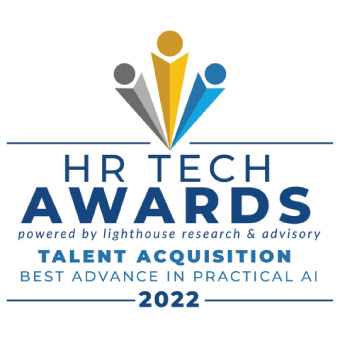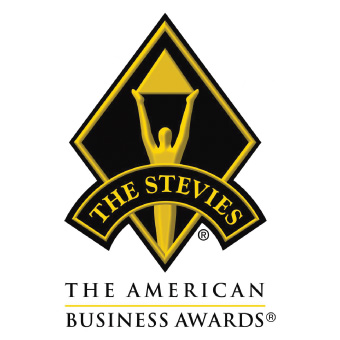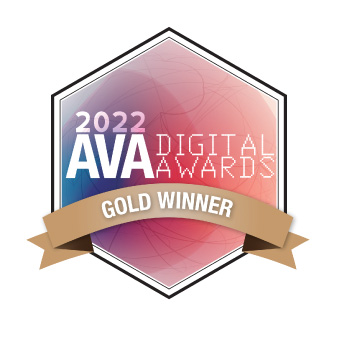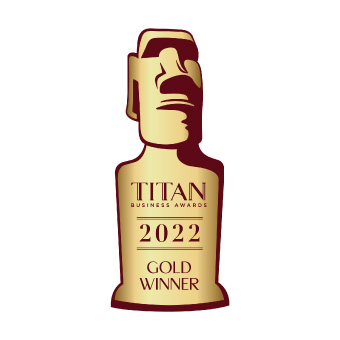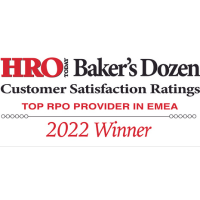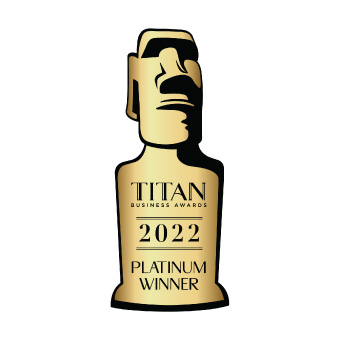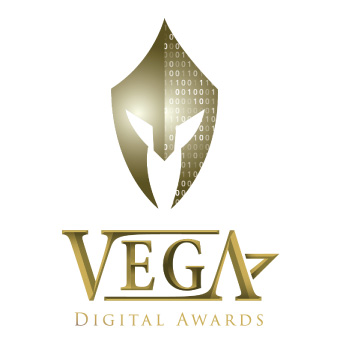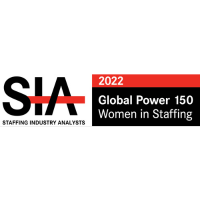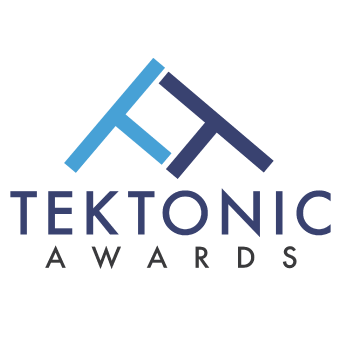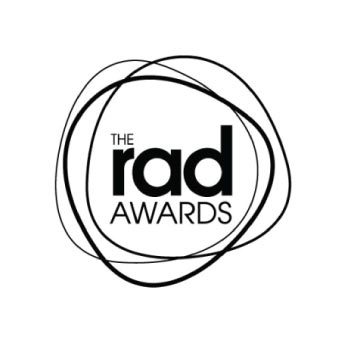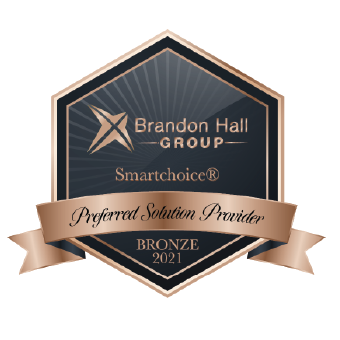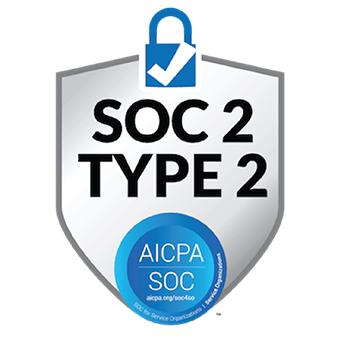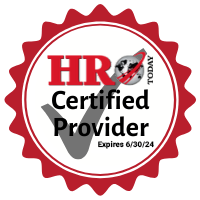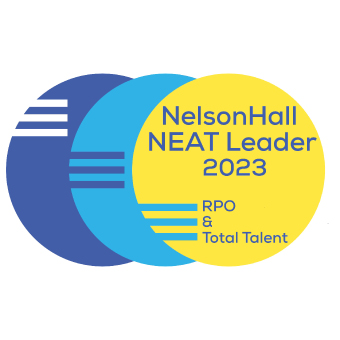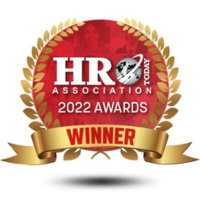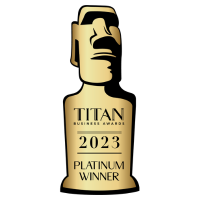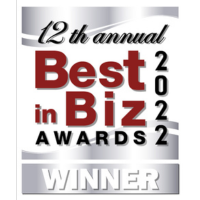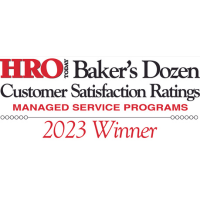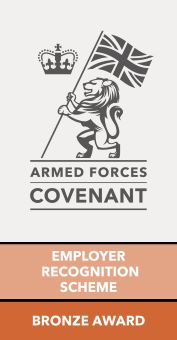

Our INNOVATIVE RECRUITING SOLUTIONS SOLVE YOUR TOUGHEST TALENT Acquisition CHALLENGES
PeopleScout is one of the world’s largest RPO provider managing talent acquisition solutions that span the global economy, with end-to-end MSP and talent advisory capabilities supporting total workforce needs. We manage complex talent acquisition programs through a seamless balance of superior technology and proven human expertise that provides our clients the edge in the people business. Our recruiting teams act as more than a talent acquisition provider, they are customer-centric problem solvers with a transparent approach who go above and beyond for our clients.
PeopleScout’s industry-leading recruiting solutions deliver world-class results. Want proof? Here are a few stats:

Scalable Recruitment Process Outsourcing (RPO) Solutions
This international hospitality company partnered with PeopleScout for an RPO solution covering management and hourly hiring needs in both corporate and in-market environments.


Latest Insights
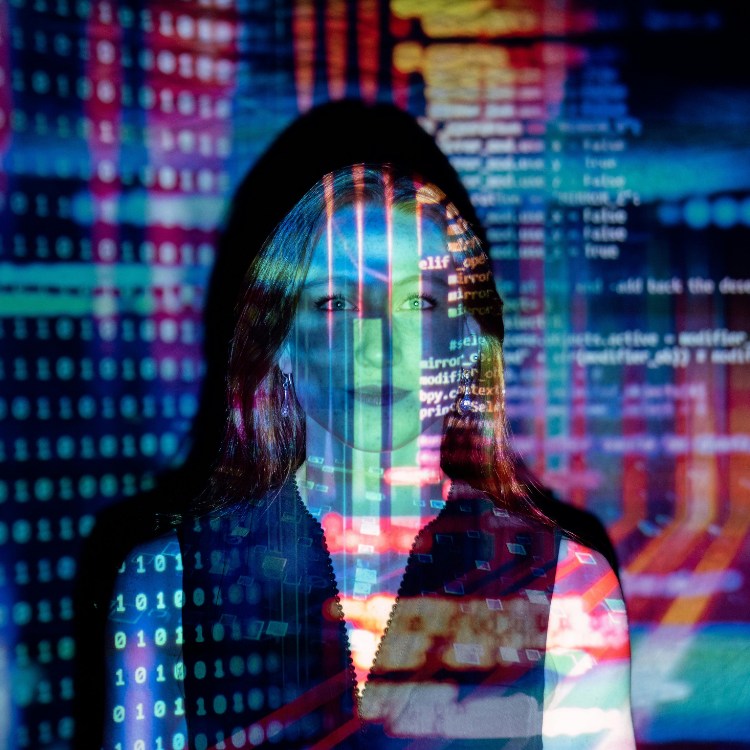
Articles
AI in Recruiting: A Handbook for Talent Acquisition Leaders
Everything you ever wanted to know about AI in recruiting and how to use AI recruiting software.
Read the ArticleYour Global Talent Acquisition SOLUTIONS PROVIDER
Leveraging the power of data gleaned from engaging millions of candidates and contingent associates every year, PeopleScout has served clients in more than 70 countries with headquarters in Chicago, London and Sydney and global delivery centers in Toronto, Montreal, Bristol, Krakow, Gurgaon and Bangalore.
We help improve our clients’ talent acquisition strategy and process through our unmatched ability to scale seamlessly by leveraging our flex team and global delivery centers to enable business agility for our clients.
Take advantage of PeopleScout’s robust talent technology and analytics to track and improve your global talent acquisition process and recruitment function.
Now that you know more about PeopleScout’s talent acquisition process, people and technology connect with our global team today.

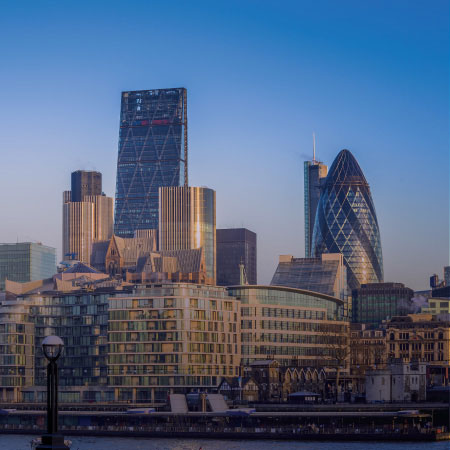
WHAT PEOPLE ARE SAYING
PeopleScout continues to generate more value for its clients by steadily expanding its geographic footprint and client portfolio. It continues to invest in improving its Affinix ecosystem and in adding strategic advisory and consulting services to its offerings,” said Arkadev Basak, Partner, Everest Group. “Its deep expertise and strong brand recall in North America remained strong in 2022. This enabled PeopleScout to hold its position as a Leader on Everest Group’s Recruitment Process Outsourcing (RPO) Services PEAK Matrix® Assessment 2023 – Global and Everest Group’s Recruitment Process Outsourcing (RPO) Services PEAK Matrix® Assessment 2023 – North America.


![The Skills Crisis is Coming: Are You Ready? [Infographic]](https://www.peoplescout.com/wp-content/uploads/2024/02/Article-skills-inforgraphic-SQ-320x320.jpg)




